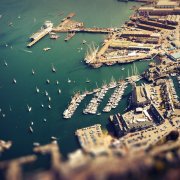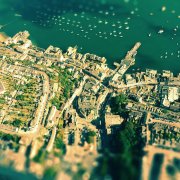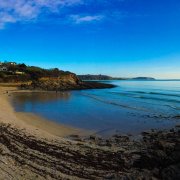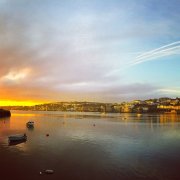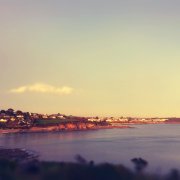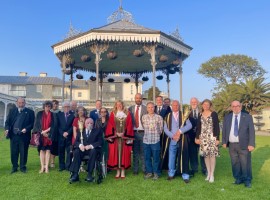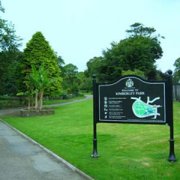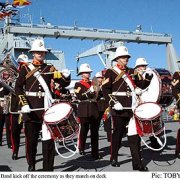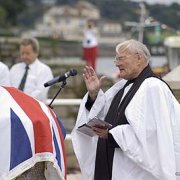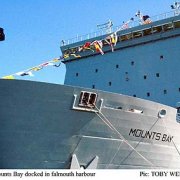Frequently asked questions about Falmouth:
How much of my Council Tax goes to the Town Council?
In 2017/18 the contribution in respect of Band A properties is £164.89 and Band D properties in Falmouth is £247.34 per annum.
The Council receives no contribution from Business Rates or other taxes.
Who do I ask for assistance with services in Falmouth?
Sometimes it can be confusing who provides which service in Cornwall. As a general rule:
Cornwall Council
Consumer protection; Education; Social Services; Fire Services; Refuse Disposal; Small Holdings; Highways; Street Lighting; Registrar; Clean Air; Coastal Protection; Housing; Planning; Conservation; Some Bylaws; Refuse Collection; Licensing; Some Public Parks; Car Parks; Beaches.
Falmouth Town Council
Cemetery and Burial; Markets (on the Moor); Falmouth Library; Information Service, Youth Services, Town Management, Town Events and Festivals; CCTV.
Some Public Parks and Pitches; Community Grants; Falmouth Art Gallery; Bus Shelters and some Public Seats; Allotments.
What do the figures on the Falmouth Coat of Arms represent and what is its history?

Ten things you should know
The Falmouth Coat of Arms is an important part of the town’s identity. The figures on the heraldic emblem represent the port’s rich history.
Did you know that:
- The coat of arms of the prominent Killigrew family had been used in a modified form as the badge of the borough of Falmouth. This had been used until the granting of the town’s own arms in 1961 – 300 years after Falmouth had been granted its charter by King Charles II in 1661.
- The shield of silver or white bears a double-headed eagle, derived from the arms of the Killigrew family, which bore a black eagle on silver within a bordure of Cornish bezants on black.
- The two gold towers on the wings of the eagle represent the defences of the estuary or Carrick Roads – the Tudor forts at Pendennis and St Mawes.
- The water at the base stands for the River Fal and the sea.
- The rock and pole, with red pennant flying, stand for the Black Rock, on which former rectors of Falmouth were allowed by Act of Parliament to keep a pole flying a red flag to warn ships of the danger. The rectors, for this service, received sixpence for every decked ship that came into port.
- The two lions are adorned with 17th century Royal crowns – a reference to King Charles II’s gift of charter.
- The chaplet of oak commemorates the time when King Charles I hid in an oak tree after the defeat of his forces at the Battle of Worcester during the English Civil War in 1651.
- The local shipping industry is represented by an adze and pin maul, which are shipwright’s tools.
- A Falmouth Packet ship, resplendent in full sail, is at the crest of the coat of arms. It recalls the mail packet service which was in operation between 1688 and 1852.
- The motto “Remember” was the last word spoken by King Charles I at his execution to the Bishop Juxon. This word to Falmouth means to remember the English Civil War, the siege of Pendennis, the Restoration, the Charter of 1661 and the building of the parish church – dedicated to King Charles the Martyr.
Courtesy of the Falmouth Packet.
How much do my Councillors claim in expenses?
Falmouth Town Council has resolved not to pay Councillors expenses for performing their duties.
What is the Falmouth Neighbourhood Plan & Article 4 Direction?
To find out about these look under the Community tab on this website.
How do I inform the Council of my views?
By contacting your local Councillor or attending a monthly resident surgery or via the Town Councils Facebook Page https://www.facebook.com/Falmouth-Town-Council-UK-131277476944171/
You can also write or send an email to the Council directly.






